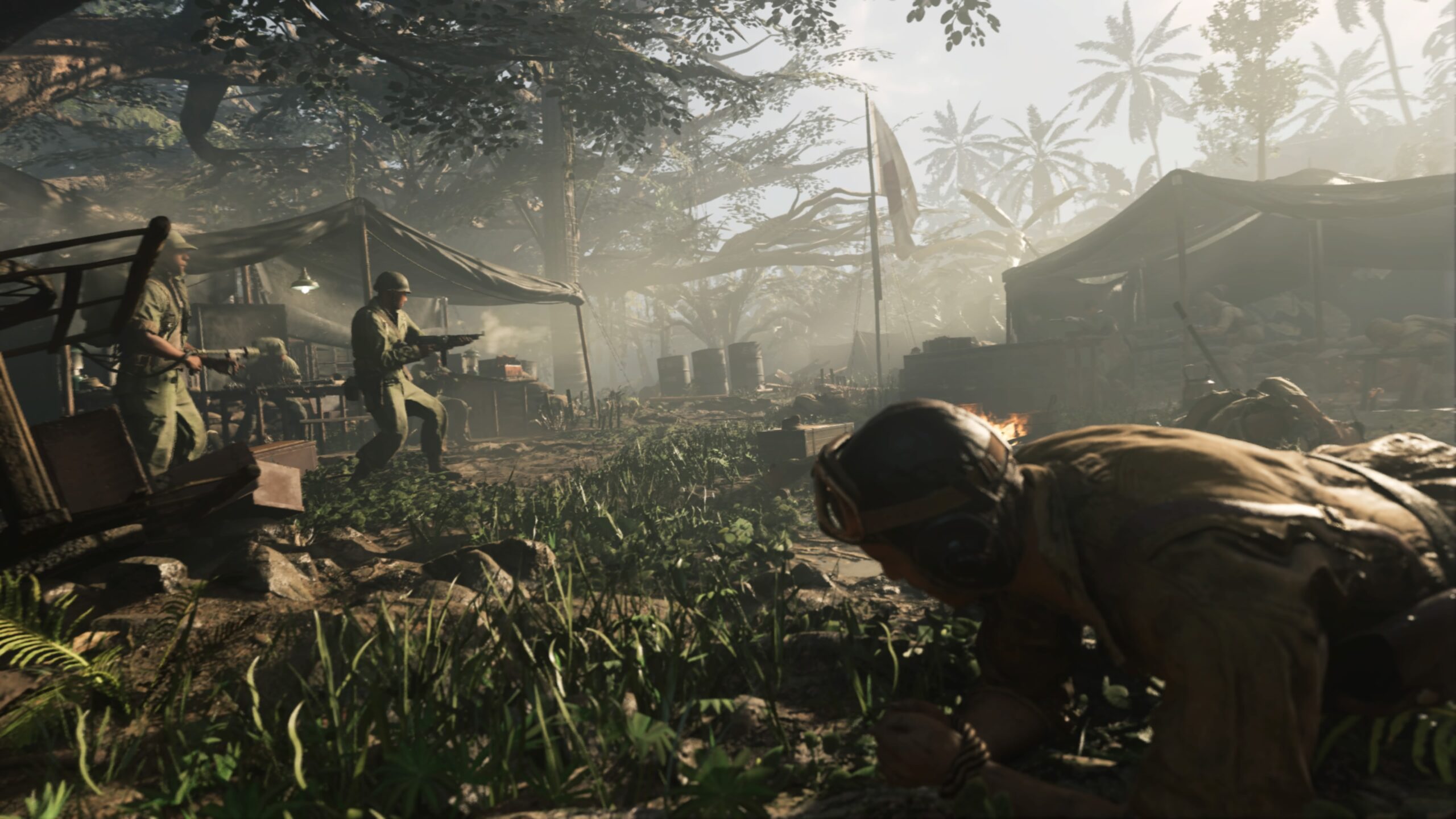It’s actually pretty loud on the Western Front
When it was announced that Call of Duty: Vanguard would be returning to the era of World War II yet again, it was clear it could go one of two ways. There’s a lingering nostalgia for the series’ more seasoned fans, while new players would get to see a modern version of what made the series what it is today. Of course, it could also be seen as lazy nostalgia bait for a series that had run out of ideas. For better or worse, Call of Duty has a formula. Games of recent years have swayed somewhat from that formula, yielding various results, but now it’s time to return to the series’ roots, whether we want to or not.
Regardless of the outcome, another World War II game was a timely, albeit expected release for Activision considering the series has spent so much time exploring other ideas. However, just because we’ve seen it before doesn’t mean it can’t be good, and I for one was ready for Sledgehammer to prove the skeptic in me wrong.
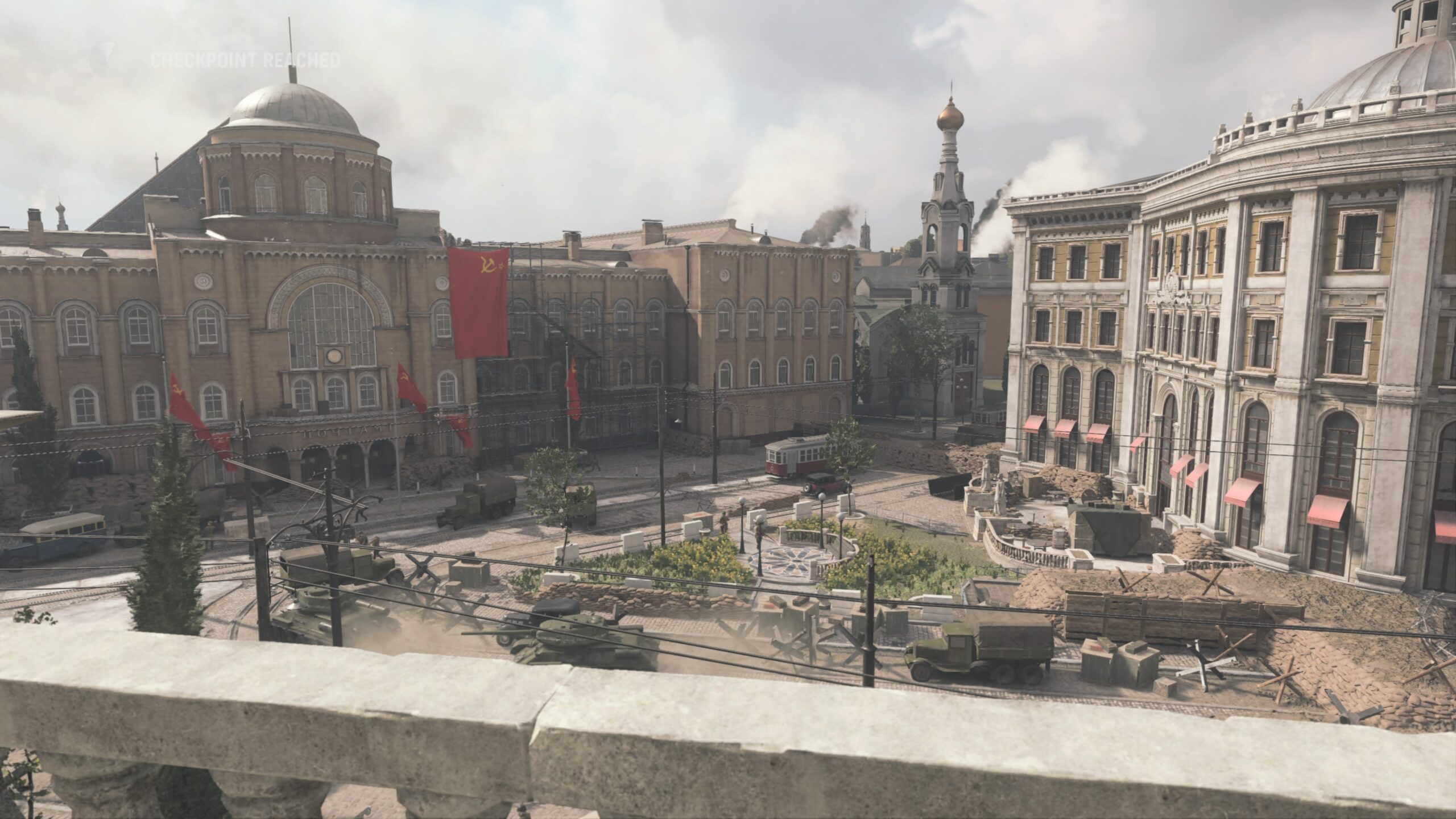
Call of Duty: Vanguard (PS4 [reviewed], PS5, PC, Xbox One, Xbox Series X/S)
Developer: Sledgehammer Games
Publisher: Activision
Released: November 5, 2021
MSRP: $59.99/$69.99
As someone who is relatively new to the Call of Duty series, I was beyond excited to play through my first real single-player CoD experience. (I started the Cold War campaign with a friend, but never got around to finishing it). I had high hopes for Vanguard‘s campaign. In the past, many of the CoD campaigns have established some truly iconic moments in gaming (like All Ghillied Up, or the “Press F to pay respects” meme), so I was hoping to get to see some of that magic for myself. What I got, however, was kind of a mixed bag.
The return to the classic setting of World War II was a welcome one, especially after how, uh, stylized Black Ops Cold War was. Although we’ve seen plenty of takes on the Second World War, it was cool to see it again with better graphics, larger areas, and bigger-scale battles than the series has ever seen before. Narratively, though, Call of Duty‘s long history with the World War II era had both pros and cons.
It was clear that Sledgehammer didn’t want to retread any ground in terms of battles that the series has already seen, so we end up with a mix of a bunch of different battles and missions from different times and places from around the world. While it means a lot of variety in Vanguard‘s visuals — and for the most part, variety in how you play — it makes for a story that is disjointed at best.
Look, I know no one comes to Call of Duty just for the story — believe me, I understand that. But what baffles me the most is that one of the most lucrative game series in the world can’t manage to put out a story that’s decently good. I’m not asking for an Oscar-baiting tear-jerker over here, I just want the main conceit of the story to make sense. I never really understood what the team’s main objective was, let alone how it tied into the larger goal of defeating the Nazis. I thought it was going to be this bombastic romp with a ragtag special ops team, but most of what we get is solo missions in the form of flashbacks.
That’s fine then, but after sitting through the whole Vanguard campaign I still can’t figure out what this game is supposed to be about. It doesn’t have a thesis statement, narratively speaking — it doesn’t even really have much of a narrative throughline to speak of. Instead, it’s just a series of well-executed vignettes that don’t go together, but I can’t be too mad because they’re usually fun enough to play on their own.
As expected, there were a lot of moments in Call of Duty: Vanguard that made me feel like I was straight out of a war film. I was surrounded by my team, we had just pulled off the plan we scraped together on the fly, and we were sprinting full force at the enemy as the music swelled in the background. Those moments were genuinely awesome, although there were far fewer of them than I would have liked.
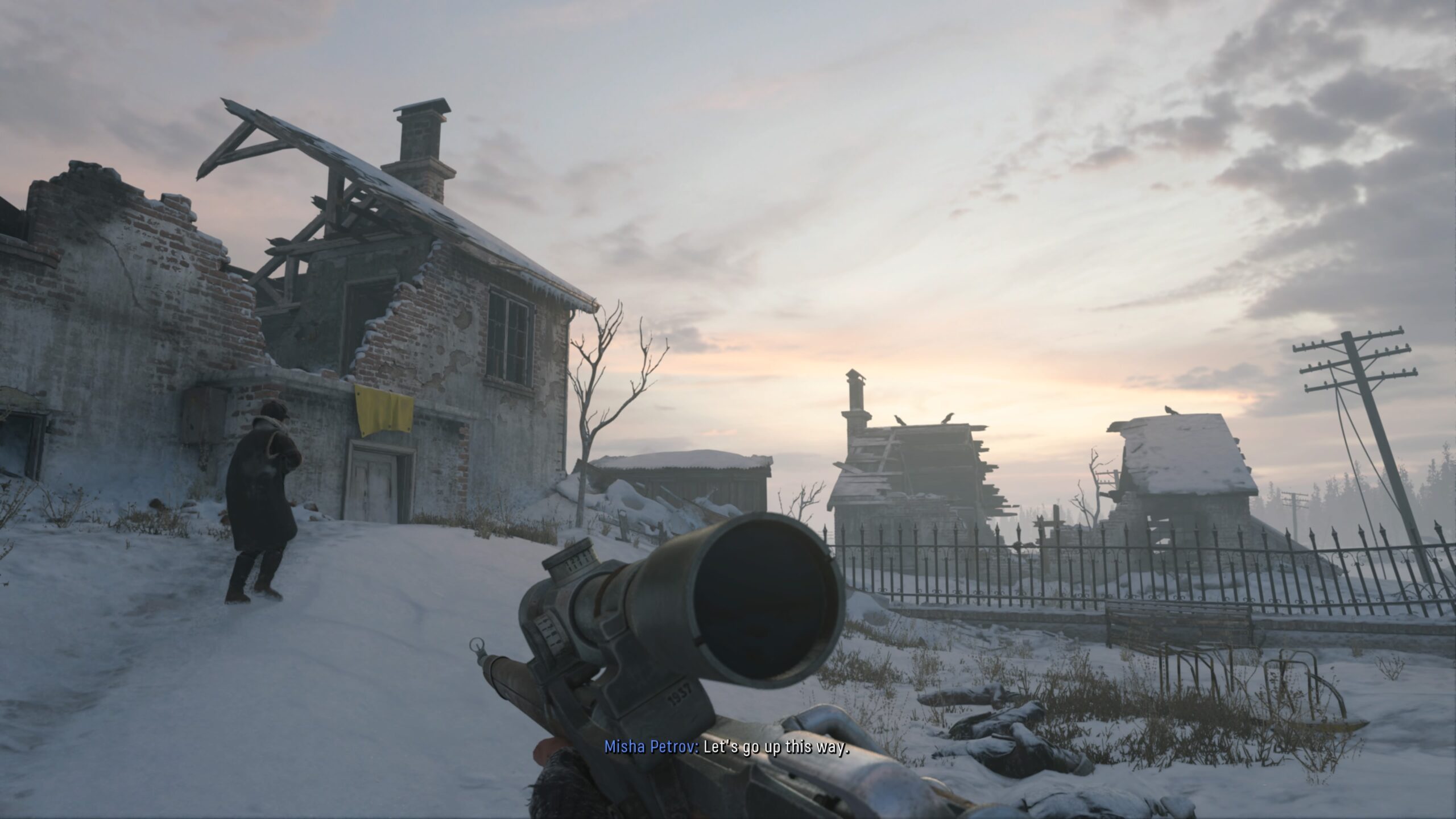
I found the campaign’s opening missions really compelling, especially the ones centering on the game’s main character, Arthur Kingsley. Vanguard‘s more grounded setting allowed for some small-scale moments that were tense and atmospheric, which I found myself longing for more of as the runtime went on. After a while it all devolved into gunfight after gunfight with little respite, especially in the last third.
Laura Bailey’s character Polina Petrova was heavily featured in the marketing for Call of Duty: Vanguard, and given that she’s the go-to sniper character, we get a lot of fun sharp-shooting gameplay with her. Her storyline is by far the most fleshed-out of all the side characters — she’s basically Katniss Everdeen from The Hunger Games, but with two braids instead of one and a sniper rifle swapped out for a bow. I wish her character had developed to be more than “snarky badass with a chip on her shoulder,” but I can say the same about pretty much all the other characters with a few variations here and there.
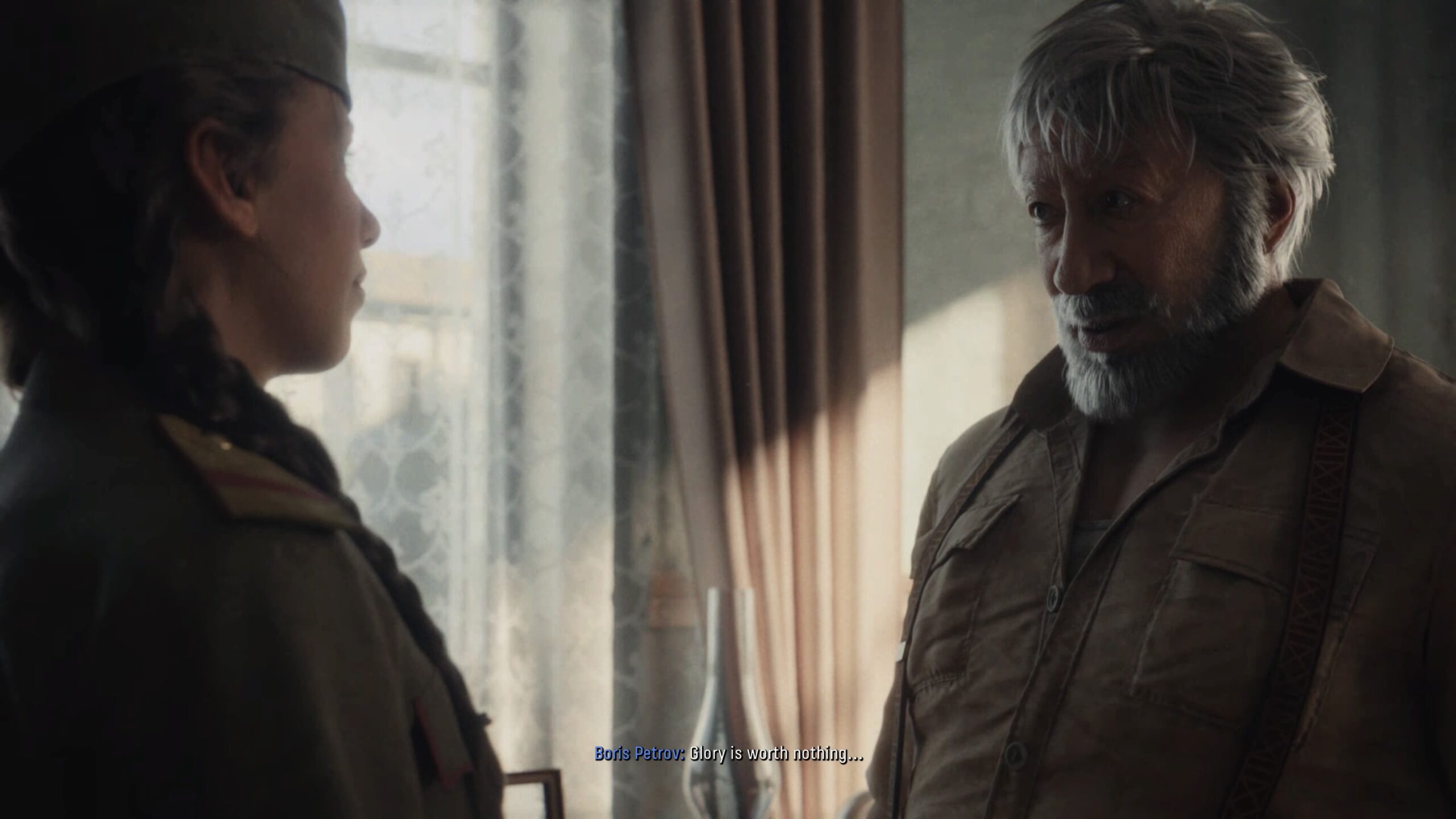
The gameplay pulls from mechanics previously introduced in Modern Warfare, like mounting weapons on flat surfaces, interactable doors, and takedowns. Some new gameplay features are also introduced, with each playable character in the group getting their own unique abilities. Arthur, who serves as the unit’s leader, gets a callout ability, wherein he commands the team where to fire. It’s useful for drawing fire so you can move up and find cover, or to prioritize particular enemies that are giving you trouble.
Polina has the ability to draw enemy sniper fire with the light glinting off of her knife, and demolitions expert Lucas can carry four different types of lethal equipment.
The most baffling of these abilities is that of Wade, the fearless pilot character. He has something called Focus, which is basically just the Listen Mode ability from The Last of Us. It’s introduced during one of the larger stealth sections in the game, but Focus can also be used in combat, where all you have to do is aim down sights, fire, and the game takes care of the rest in super slow-mo. I guess the narrative justification for this is that Wade is a hotshot with basically no regard for danger, but I can’t help but feel like it’s out of place in an otherwise pretty grounded experience.
Other than that, it’s pretty standard fare in terms of having various shootouts, sniping and stealth sections, and set pieces. You do get one big battle arena about halfway through Vanguard which was pretty cool and utilized a lot of verticality, but sadly that was the only one we saw throughout the whole campaign.
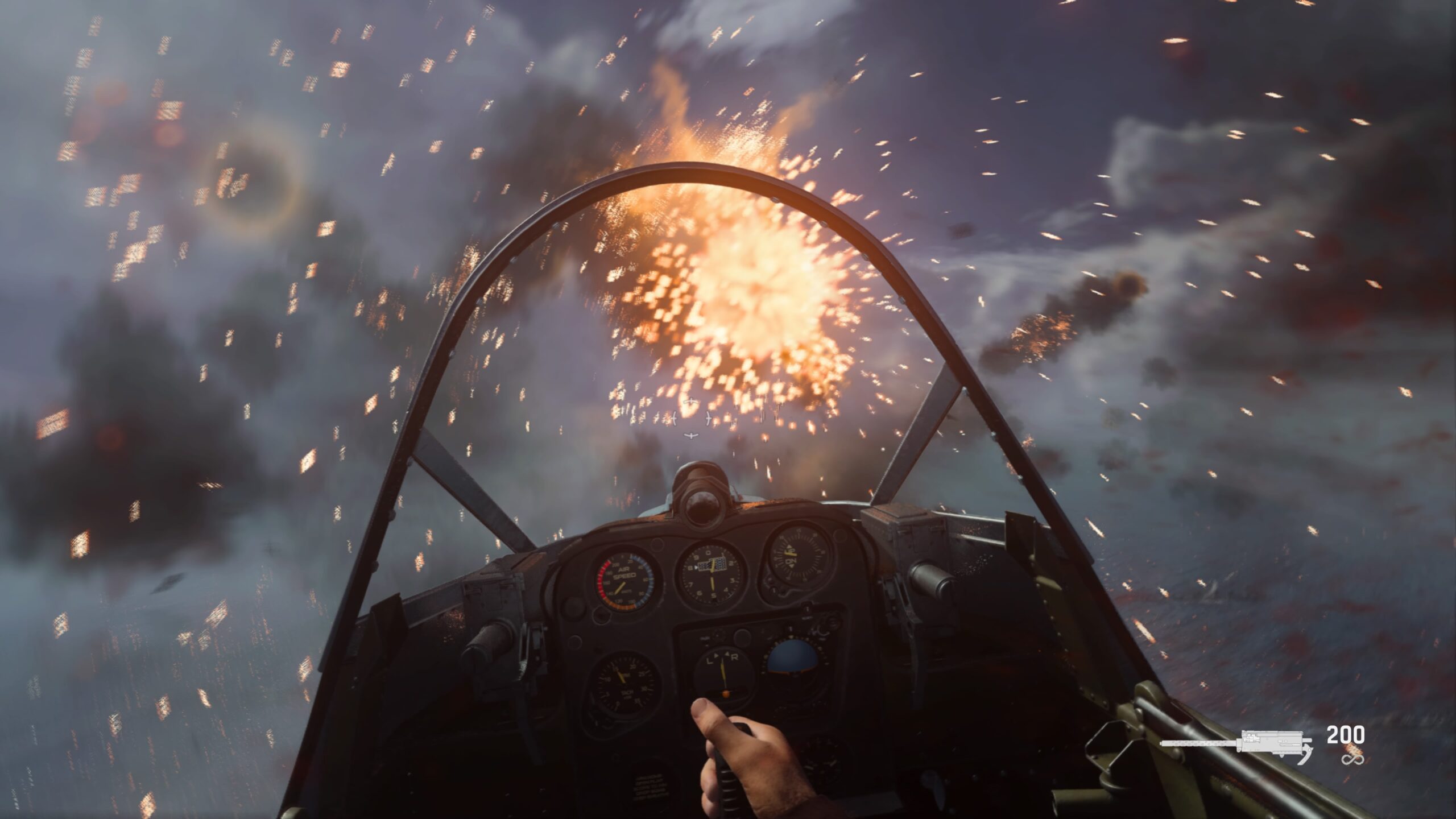
I’ll admit, there were times I got pretty frustrated, but it was standard fare for these linear single-player games — if I didn’t do everything exactly how it wanted, I would get killed almost immediately. I even had my roommate come and play one of the fights for, well, a few reasons, but the biggest being that I got super exasperated because I just couldn’t do what the game wanted me to.
I don’t have a ton of points of reference here, but Vanguard‘s multiplayer is easily my favorite Call of Duty experience so far. The series has really refined the first-person shooter experience over the years, and I think this year’s entry is a prime example of that.
Vanguard launched with a total of twenty multiplayer maps across the various game modes, which is staggering compared to the ten Cold War went live with (that number has since risen to twenty-three). The difference of having double the maps is definitely noticeable, and makes the experience feel much more varied.
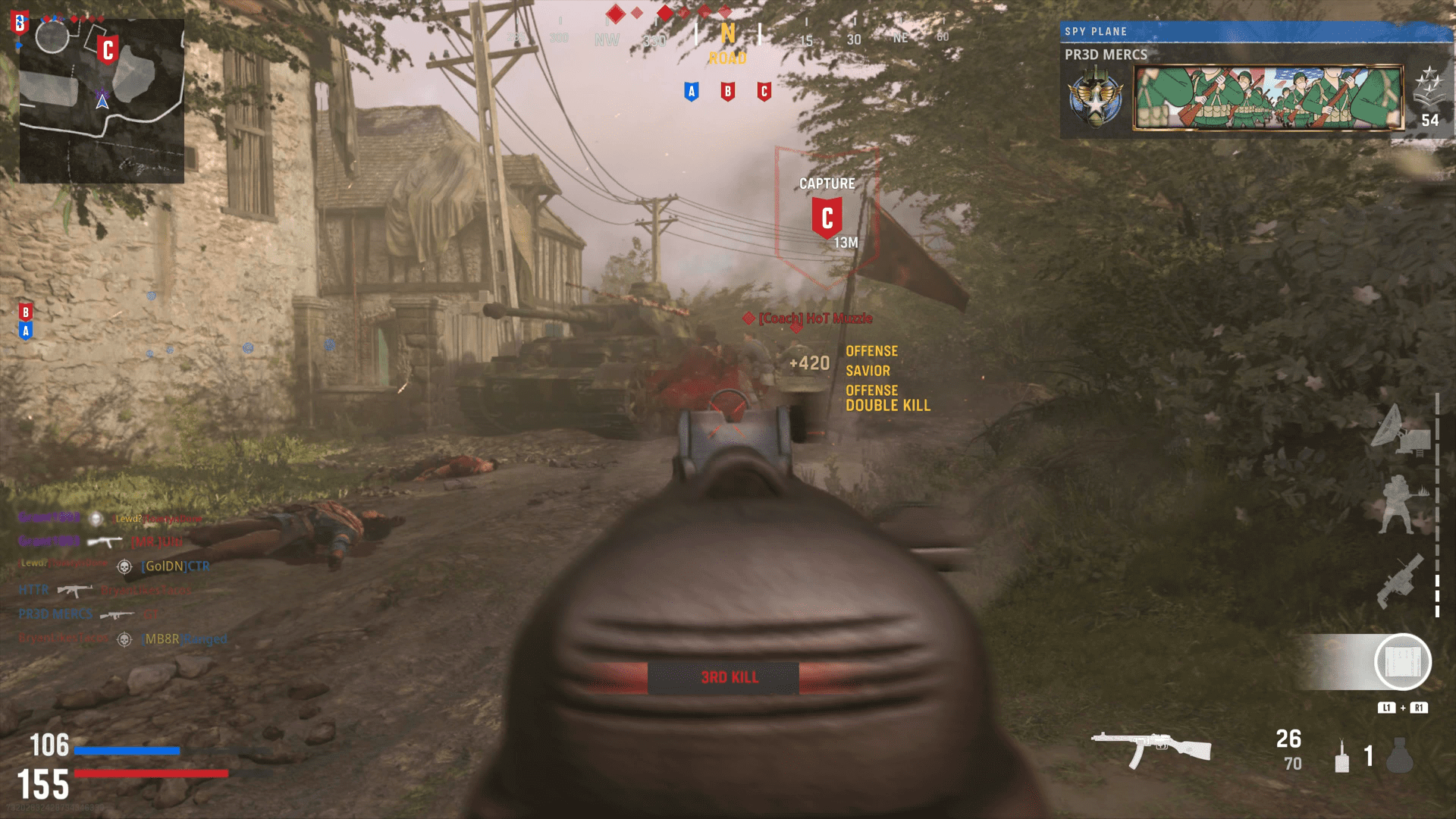
Vanguard‘s maps also have an increased focus on verticality, particularly with Berlin, Hotel Royal, Sub Pens, and Tuscan. This opens up all kinds of possibilities, from sniping spots to flank routes — and it’s just a testament to some really strong game design. (I wish those sensibilities were just as strong on parts of the campaign, but I digress).
And the guns. Oh baby, the guns. I’m not sure what they put in the coffee of whoever designed these guns at Sledgehammer because they are truly a joy to use. My favorite is the MG42, which is causing me to neglect leveling any of my other guns because I just can’t put it down. There was something about the guns in Cold War that always felt a bit floaty to me, but Call of Duty: Vanguard corrects this problem and then some.
My real-world experience with guns is pretty limited, but I can say with certainty that this is the closest one to one I’ve ever felt in a game. They’re punchy and satisfying and everything I want my guns to feel like in a first-person shooter.
The reappearance of killstreaks is a fun one, too. I know the scorestreaks from Cold War were an attempt to get players to focus on the objective more, but honestly, I haven’t noticed a difference in how people play. Plus, killstreaks feel more gratifying somehow.
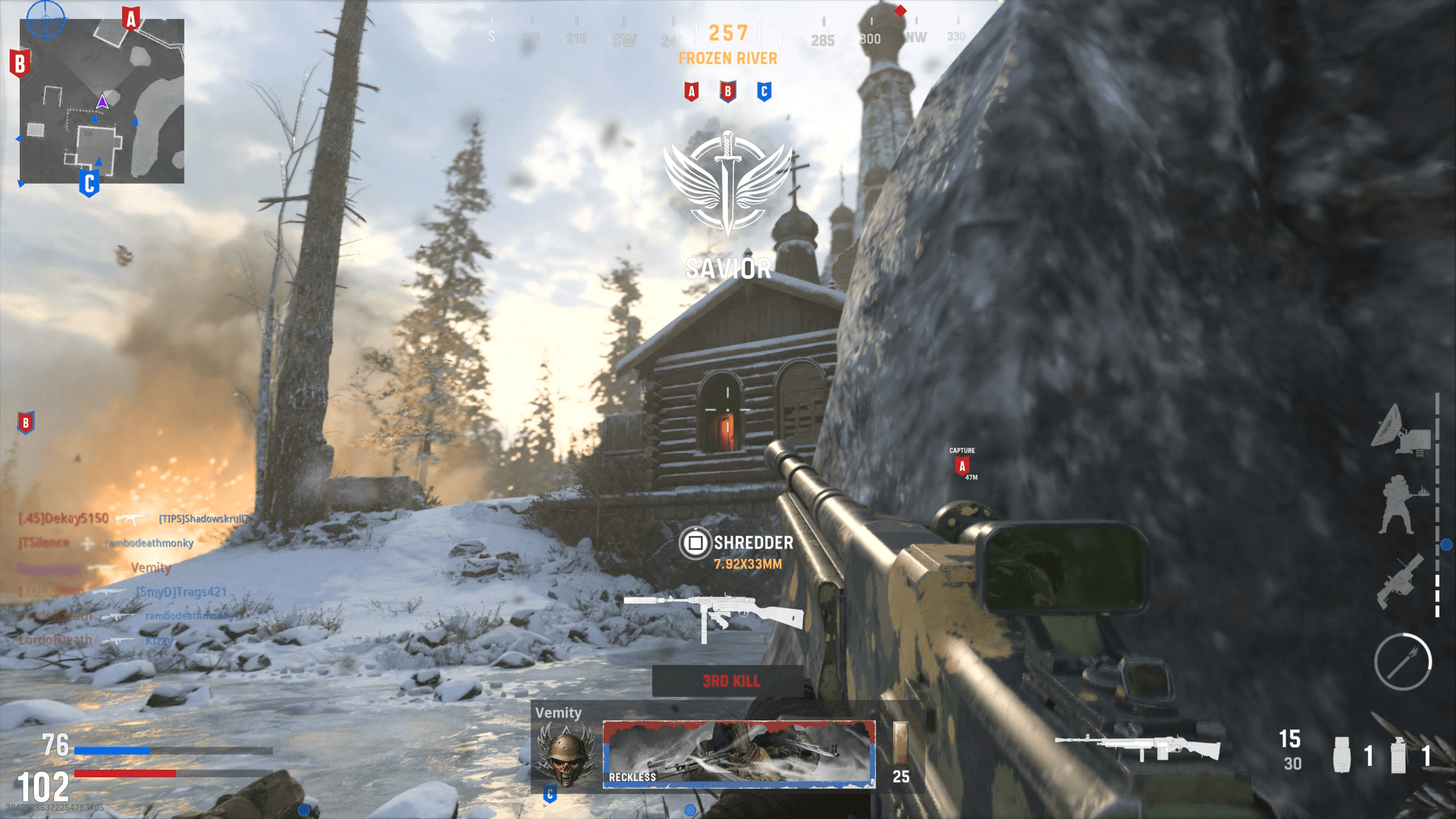
The gang’s all here with the regular modes like Team Deathmatch, Domination, and Kill Confirmed, but one of the best new modes is Patrol — there’s a zone that appears on the map a la Hardpoint, but instead of it disappearing and reappearing somewhere else, it moves continuously around the map. On paper, it doesn’t sound like this would be all that different, but the way it plays is refreshingly novel and overall a blast. The movement makes the fights feel more dynamic, because cover and sightlines are constantly changing.
The standout addition to multiplayer, though, is its Combat Pacing system. Now when entering matchmaking, players have the option to choose the number of players in their game — the Tactical option offers 6v6, Assault includes either 10v10 or 12v12, and Blitz features 24v24 players. Each of the different pacings is offered on every single multiplayer map. I love this so much because the different-sized games really do make for different play experiences, and sometimes you’re more in the mood to play one over the other. Good on you, Sledgehammer, because this rocks.
Vanguard‘s multiplayer also introduces a mode called Champion Hill. You can play solo, in duos, or in trios, and the basic premise is that you play in alternating buying and combat rounds in a round-robin tournament. You collect money around the map to buy weapons, armor, and other gear, and then enter an arena with the enemy where you each have a set number of lives. If you lose all your lives, you’re out, and the last squad with lives left wins. This mode feels experimental for sure, but it adds even more content to a game that is already bursting at the seams, in a good way.
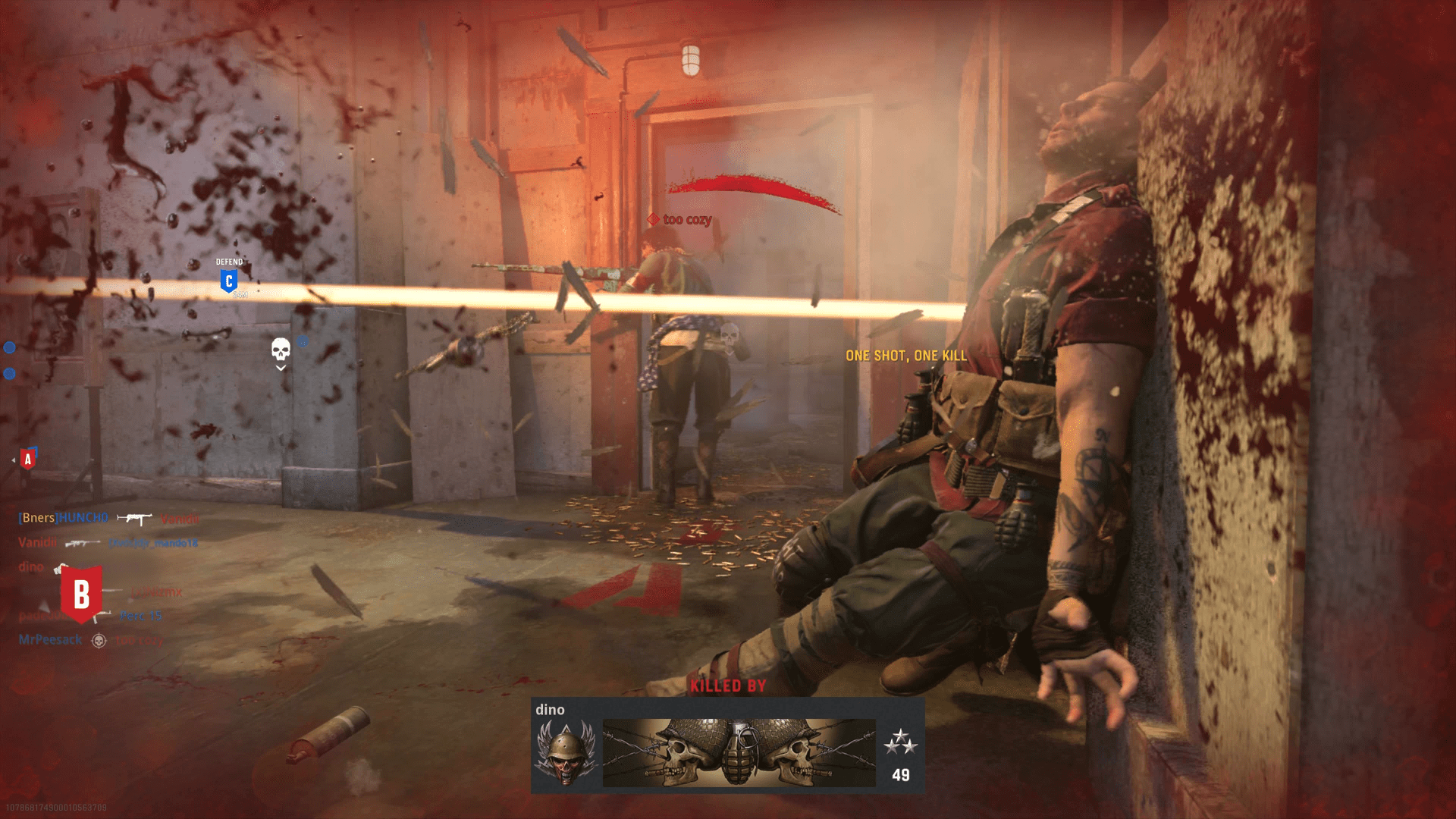
There are a few annoyances when it comes to the gameplay, like the game requiring you to look at an item to be able to interact with it, rather than just if the prompt is onscreen. This can become even more troublesome when there are multiple prompts at once, like Supply Boxes and guns on the ground.
There’s also a decent amount of screen shake for large explosives, and when someone calls in a killstreak like a Bombing Run — or worse, when a bunch of people play them all at once in the last few minutes of a Blitz game — it becomes almost unplayable because of how much screen shake there is. The friendly player collision is also pretty irritating, and apparently I’m not the only one who thinks so.
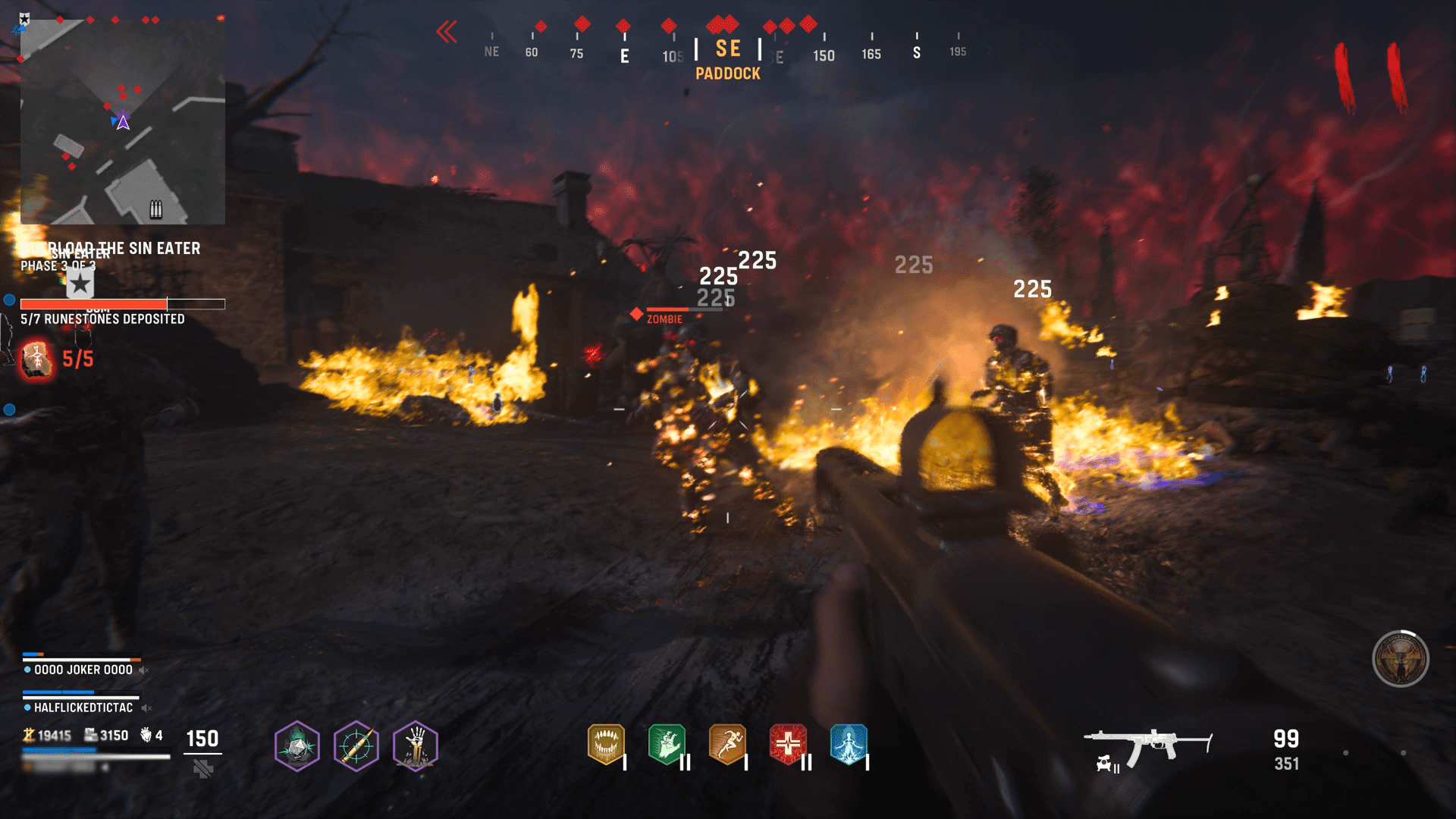
Alright, let’s talk Zombies. While the multiplayer and the campaign returned to the roots of the series, what we got with Vanguard‘s Zombies is a new spin on the classic game mode. Story-wise, it acts as a prologue to the Zombies mode in Cold War. Gameplay-wise, it’s kind of a combination of the Outbreak and Onslaught modes introduced in Cold War. Lots of building on Cold War here.
You start in a hub world, with all of the various upgrades you can get placed around the map. There are also portals around the world, each leading to objectives to complete. These basically count as the different waves, and the three different objectives at launch include Harvest, where killing enemies give you runes to pick up that you then deposit into a receptacle to progress, Transmit, where you must stay close to an orb in order to progress it through the map, and Blitz, where you need to survive waves of enemies for a certain amount of time.
After each objective is complete, you go back to the hub world, where you can upgrade weapons and gear, tweak your build, and farm enemies for however long you want before moving on to the next objective.
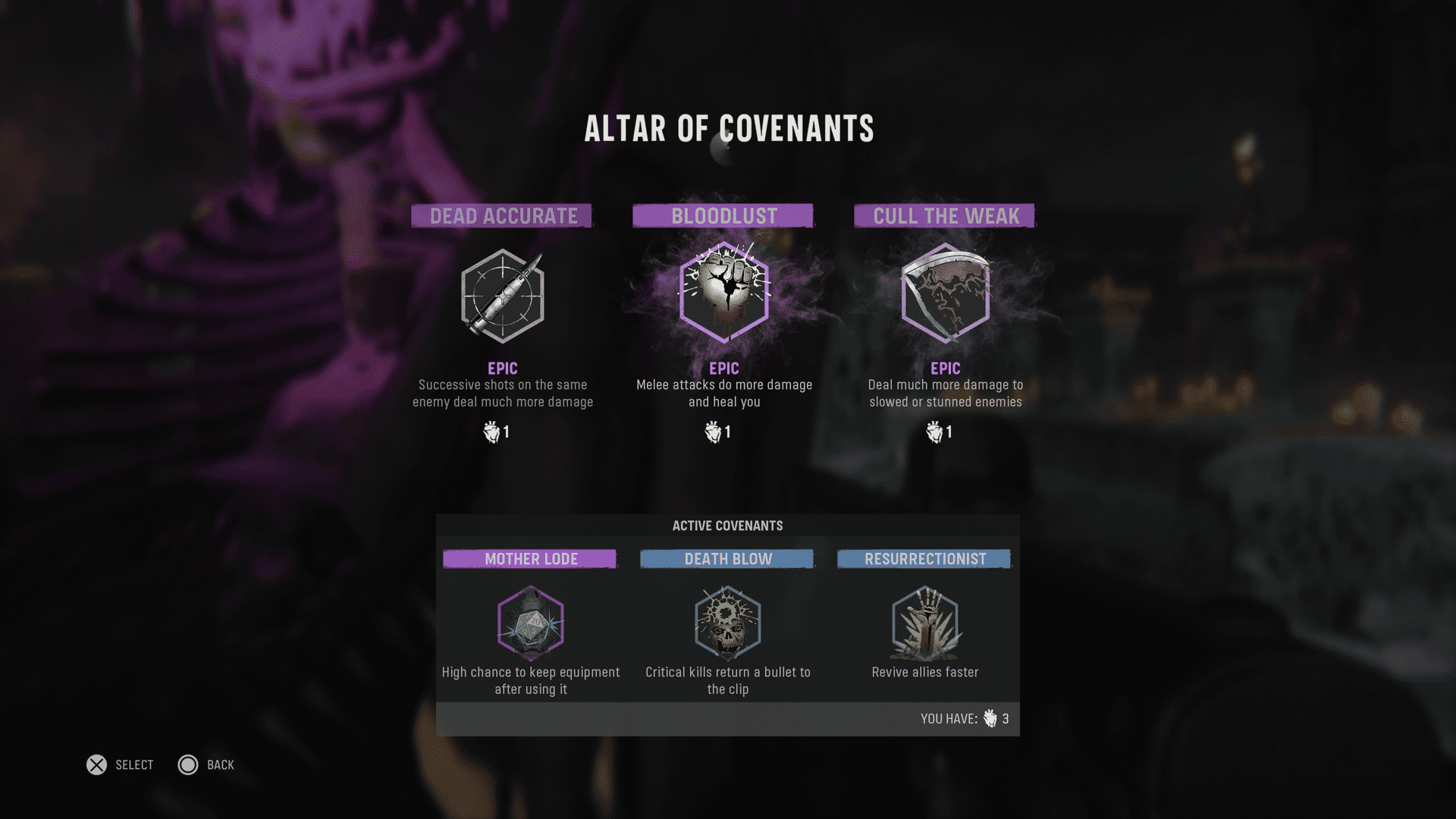
Another factor that’s thrown into the mix is the Altar of Covenants — after completing an objective, you get a heart to spend at the Altar, which in turn grants you a power. There are eleven different Covenants in Zombies at launch, and they feature abilities like slowing enemies, turning enemies to your side, and reviving allies faster.
The Covenants almost feel like upgrades you would find in a roguelike, and if the dice roll in your favor you can get some really strong builds. This is the feature I’ll be most excited to come back to as Call of Duty: Vanguard continues to be updated, because I know they’re going to be adding Covenants that combo well together and add that whole new dimension to the gameplay.
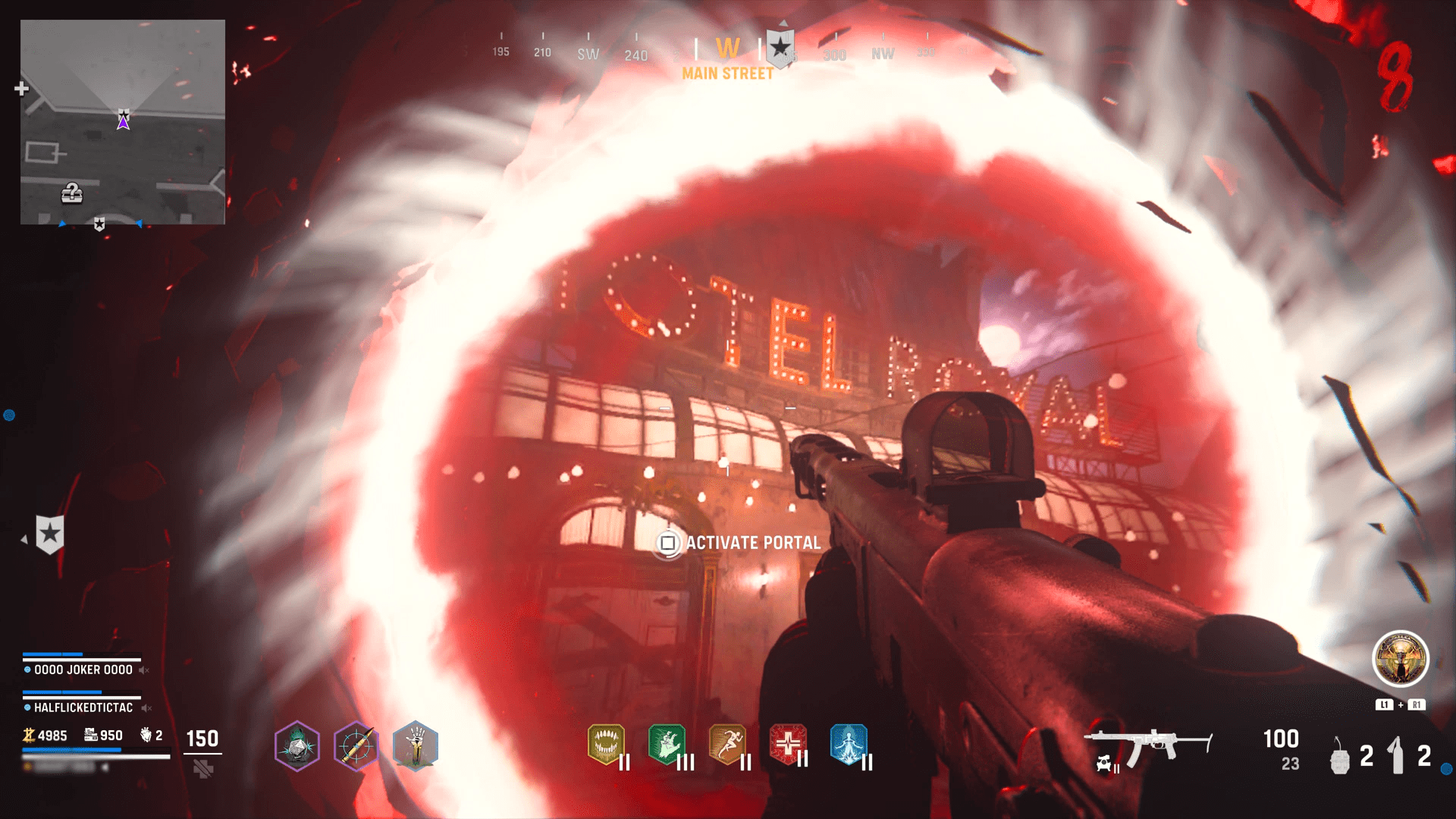
I may have begun my Call of Duty journey with Cold War, but I think in the end I’m going to consider Vanguard my CoD game, you know what I mean? It’s the first one I played the beta for, the first one I played the moment it released, the first one that feels special to me in a way I had only heard other people talk about. I already have great memories of playing this with friends, and it hasn’t even officially been out for a week yet as of writing this review.
For all its flaws (most of which manifest themselves in the campaign, unfortunately), Call of Duty: Vanguard is an incredibly enjoyable experience. If you were on the fence, it’s absolutely worth the price point in my opinion. I already feel like I’ve gotten my money’s worth in the short time I’ve been playing.
In the long history of the CoD series, it’s fitting that Vanguard stayed true to form with the World War II setting, because when all is said and done, I think it’ll be considered among the greats. If it’s already this fun to play now, I can’t wait to see how it evolves in the coming months with any updates Sledgehammer has planned.
[This review is based on a retail build of the game purchased by the reviewer.]
